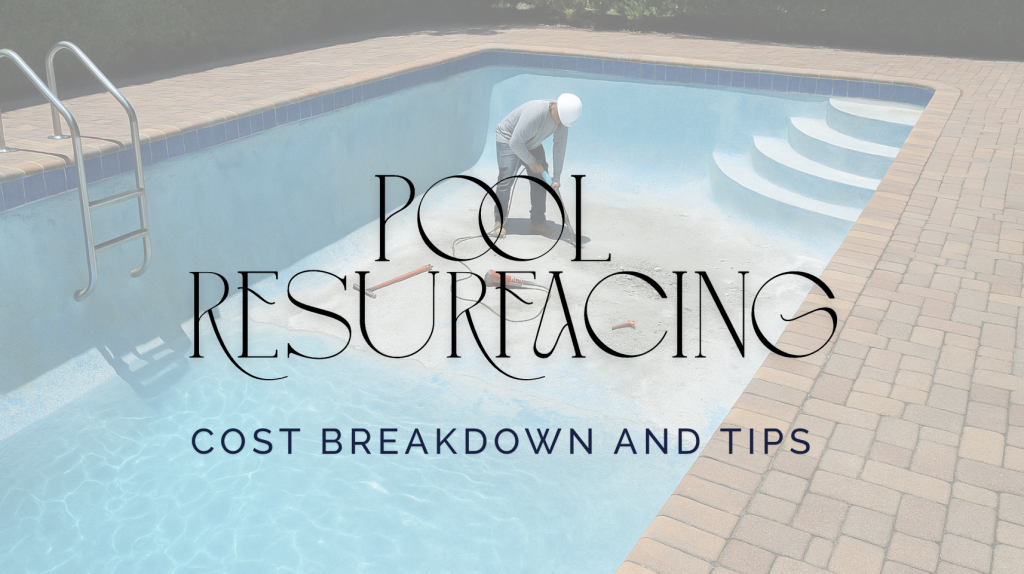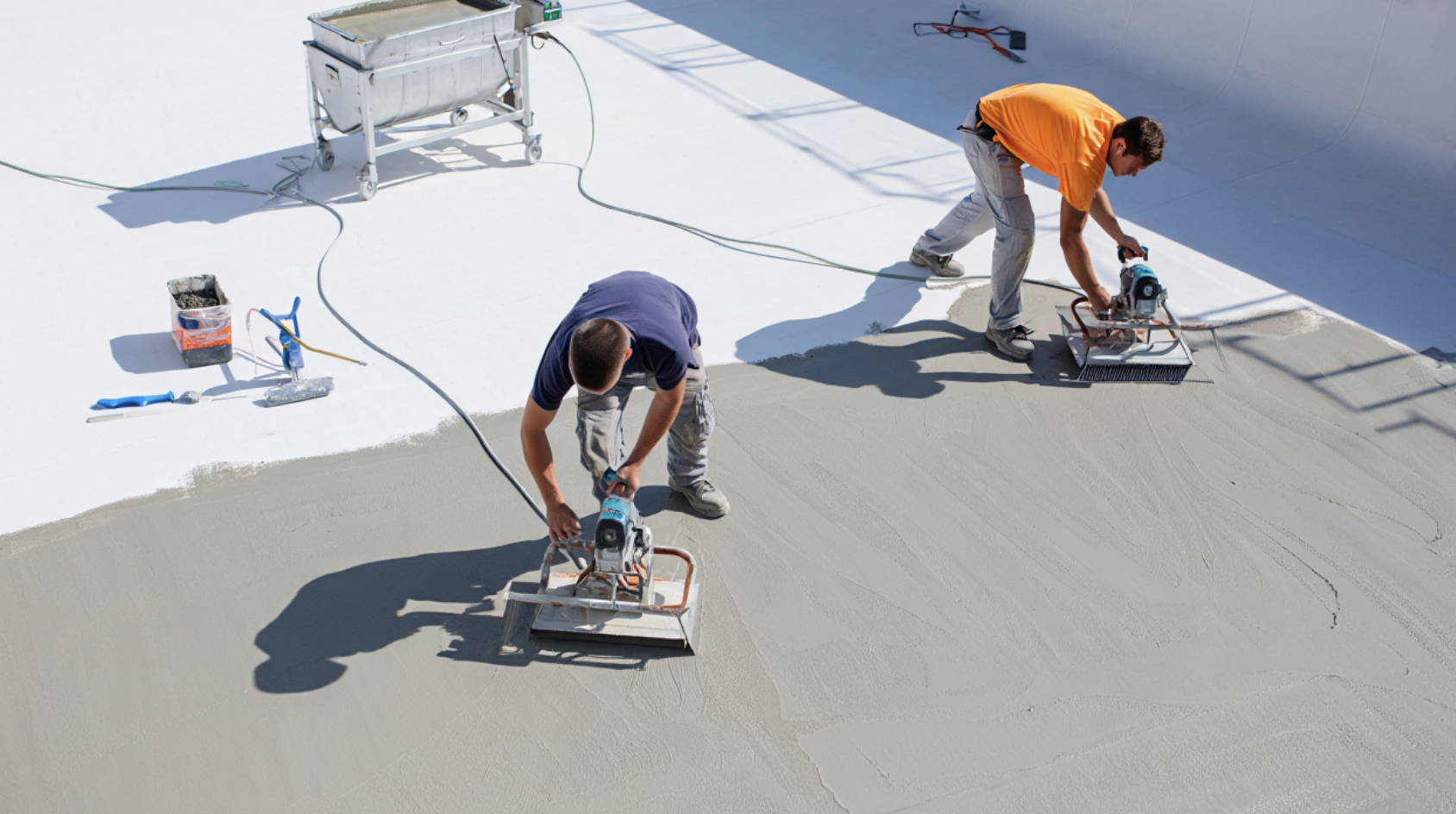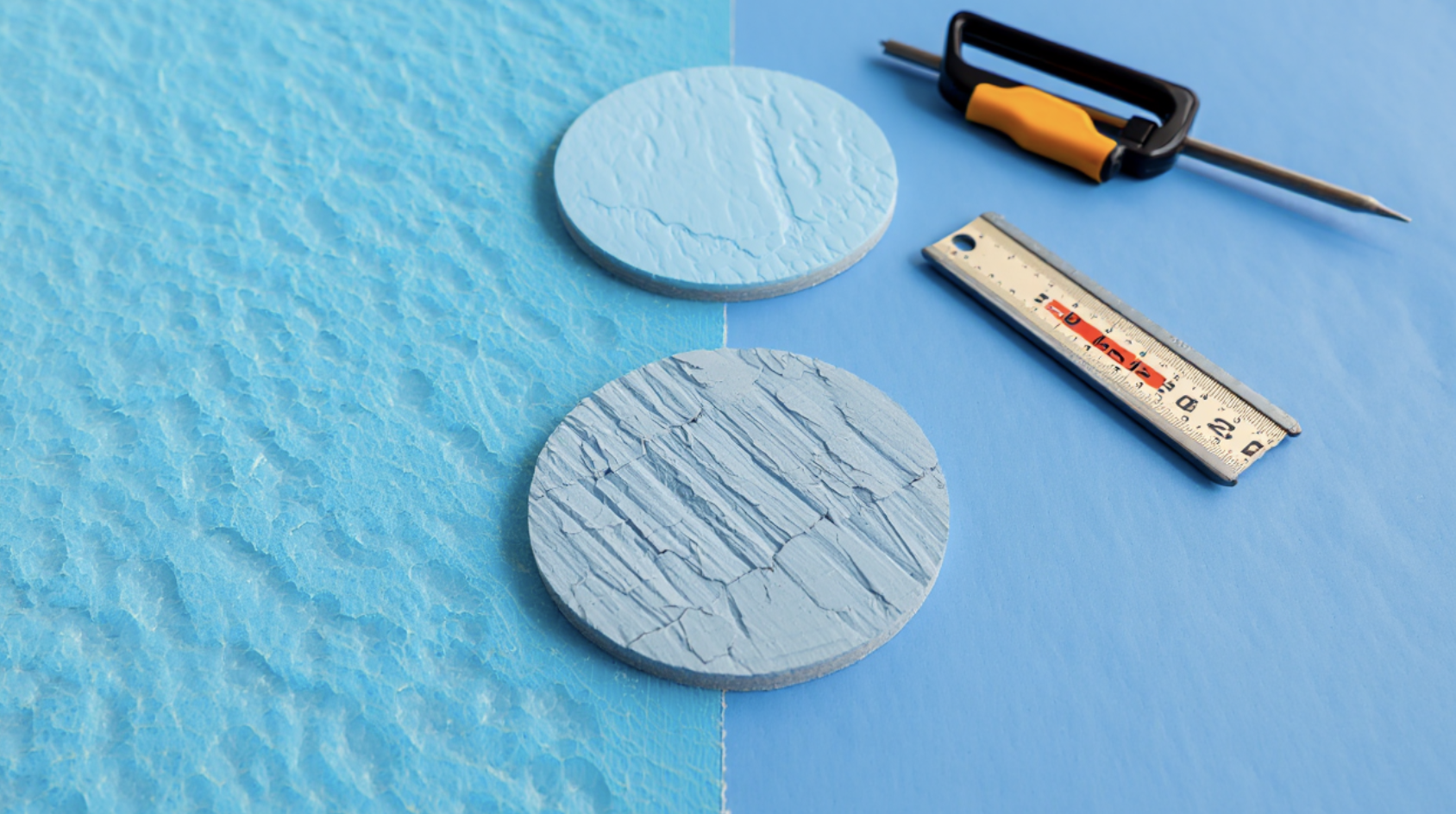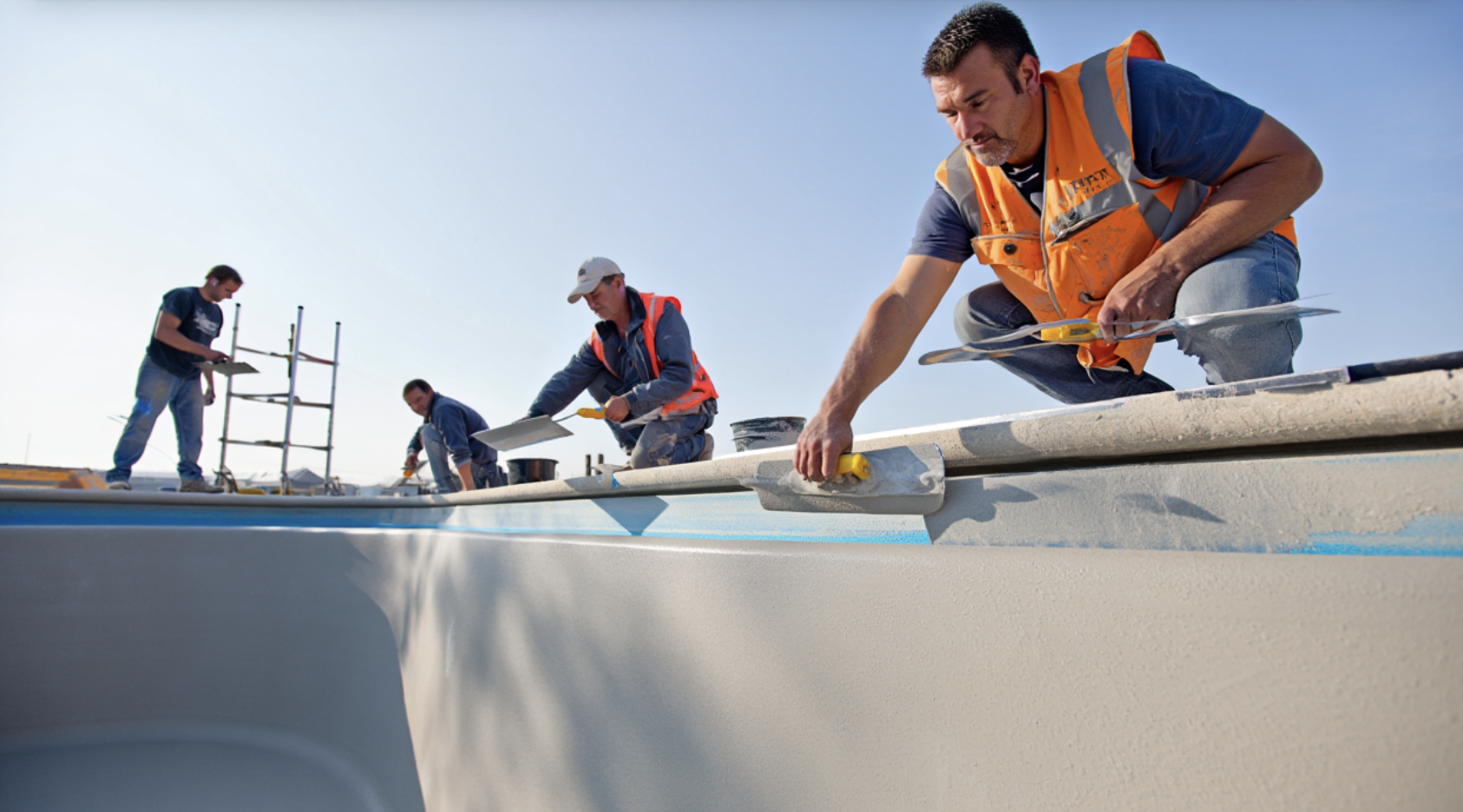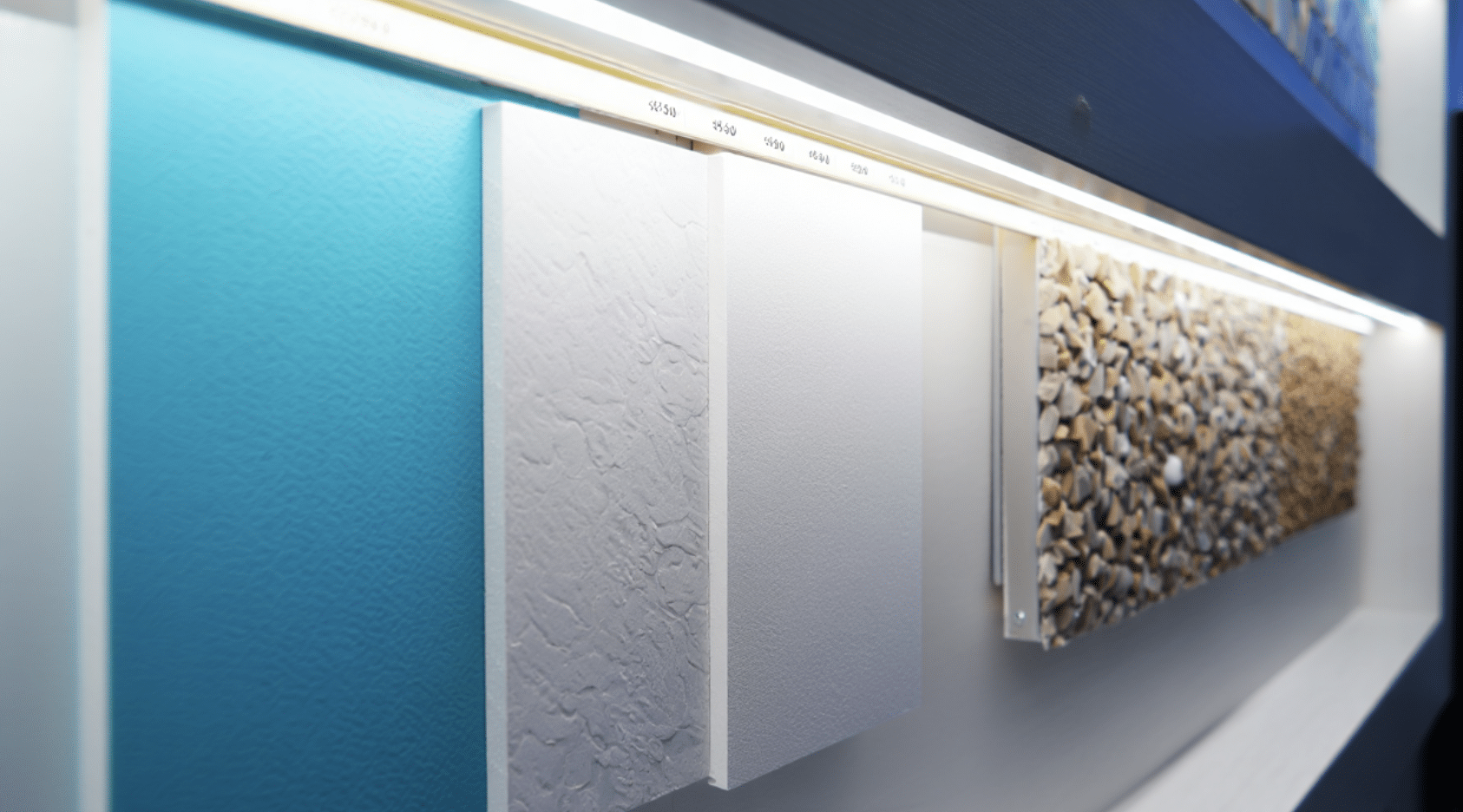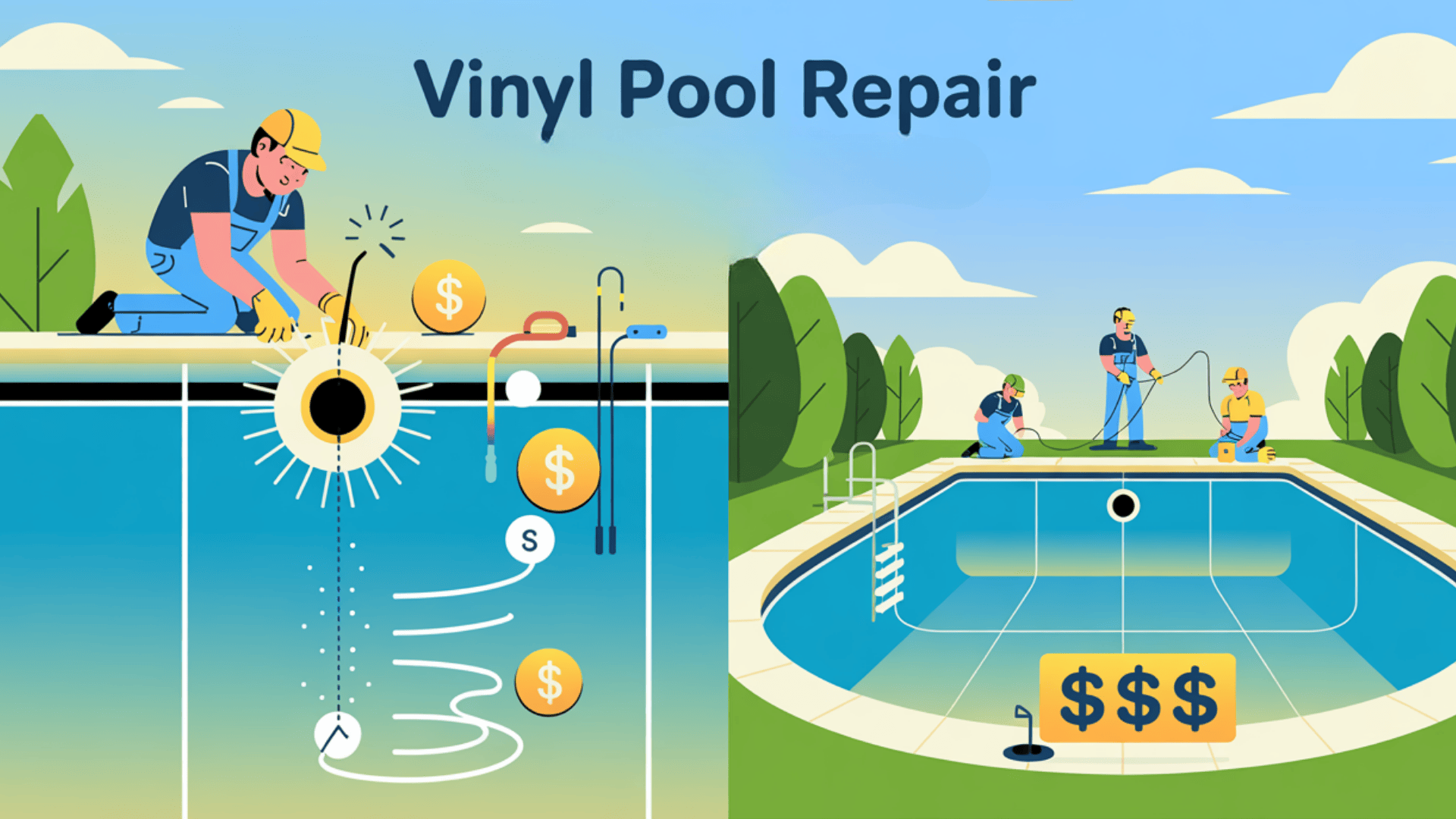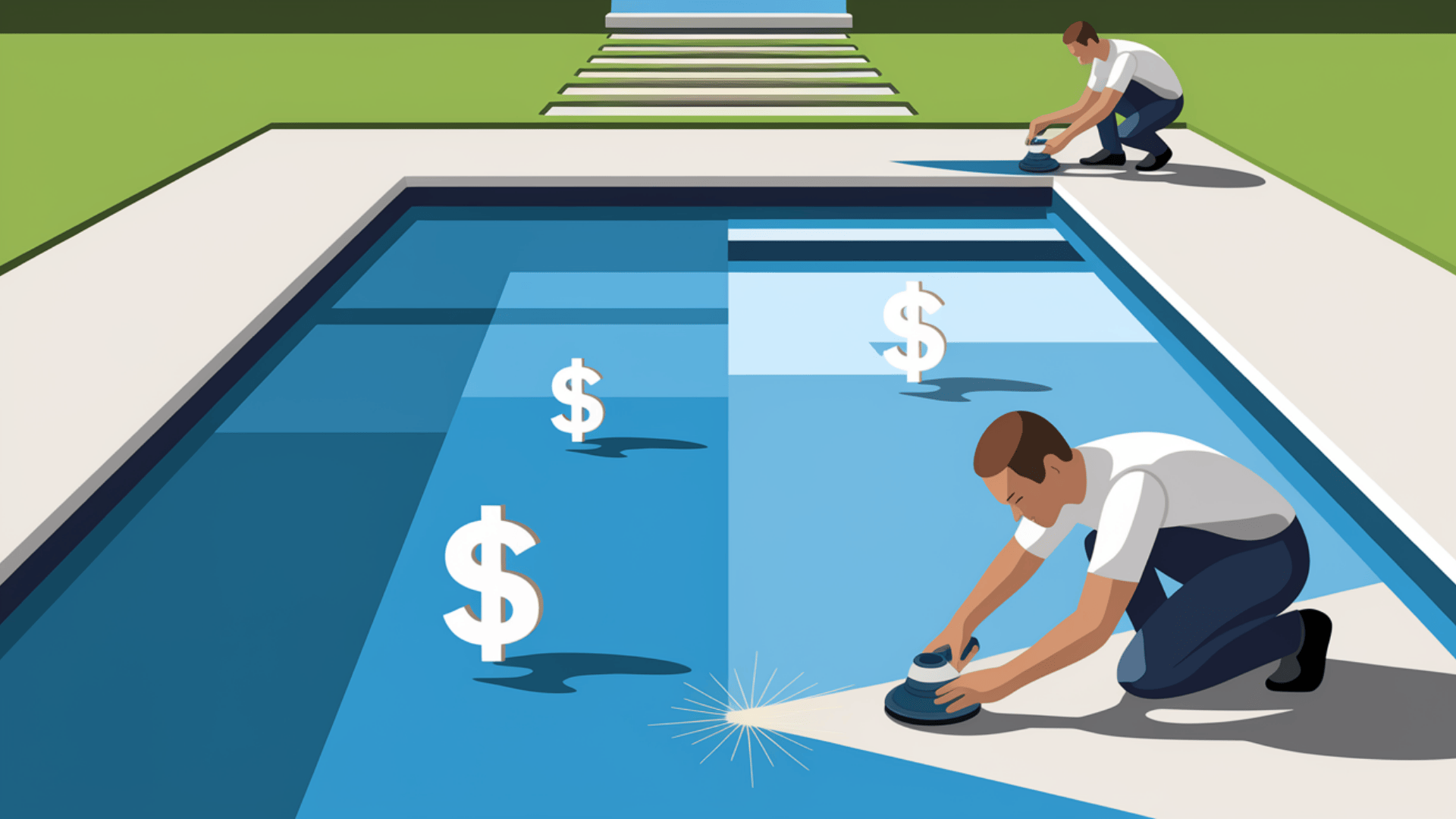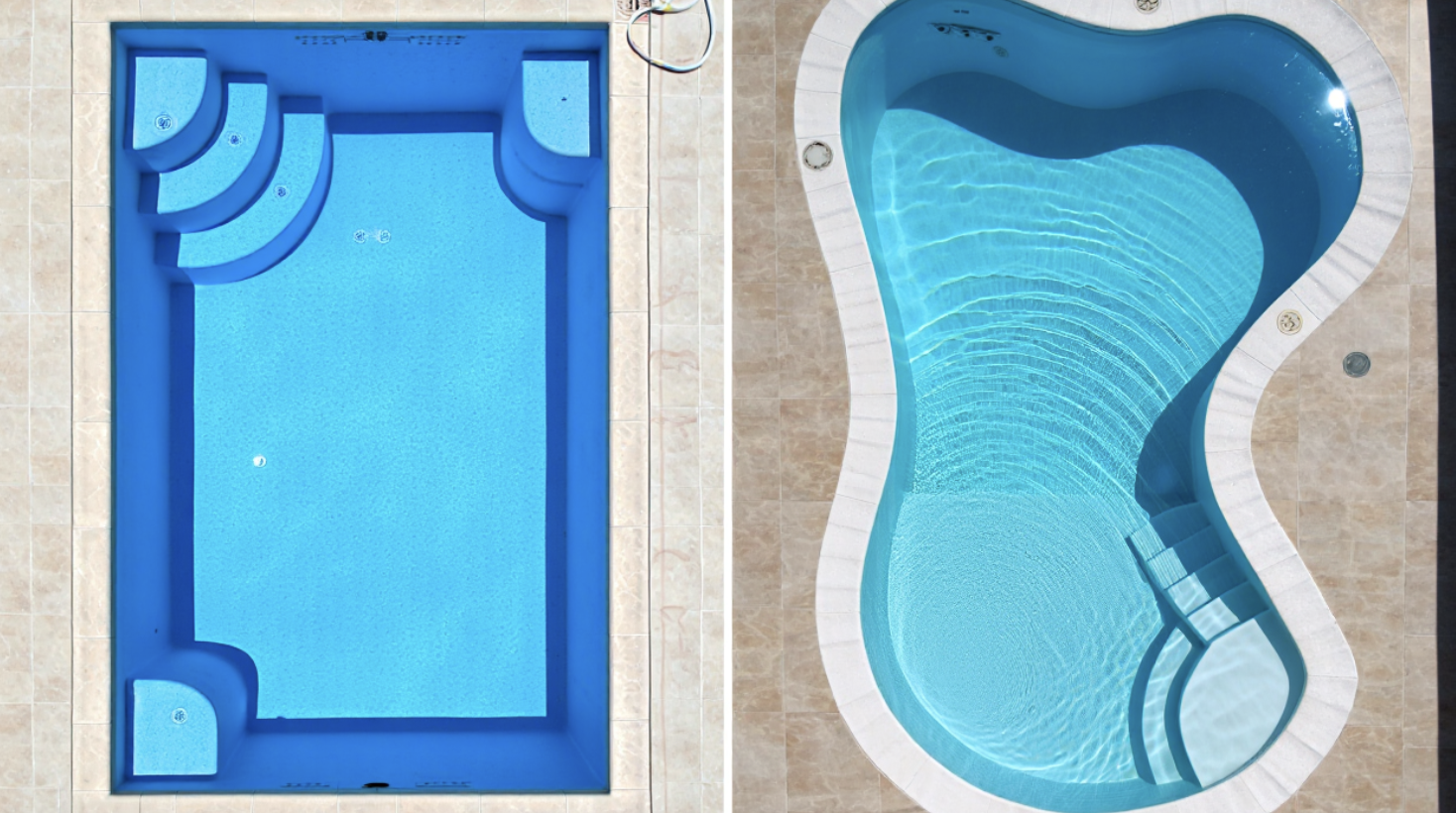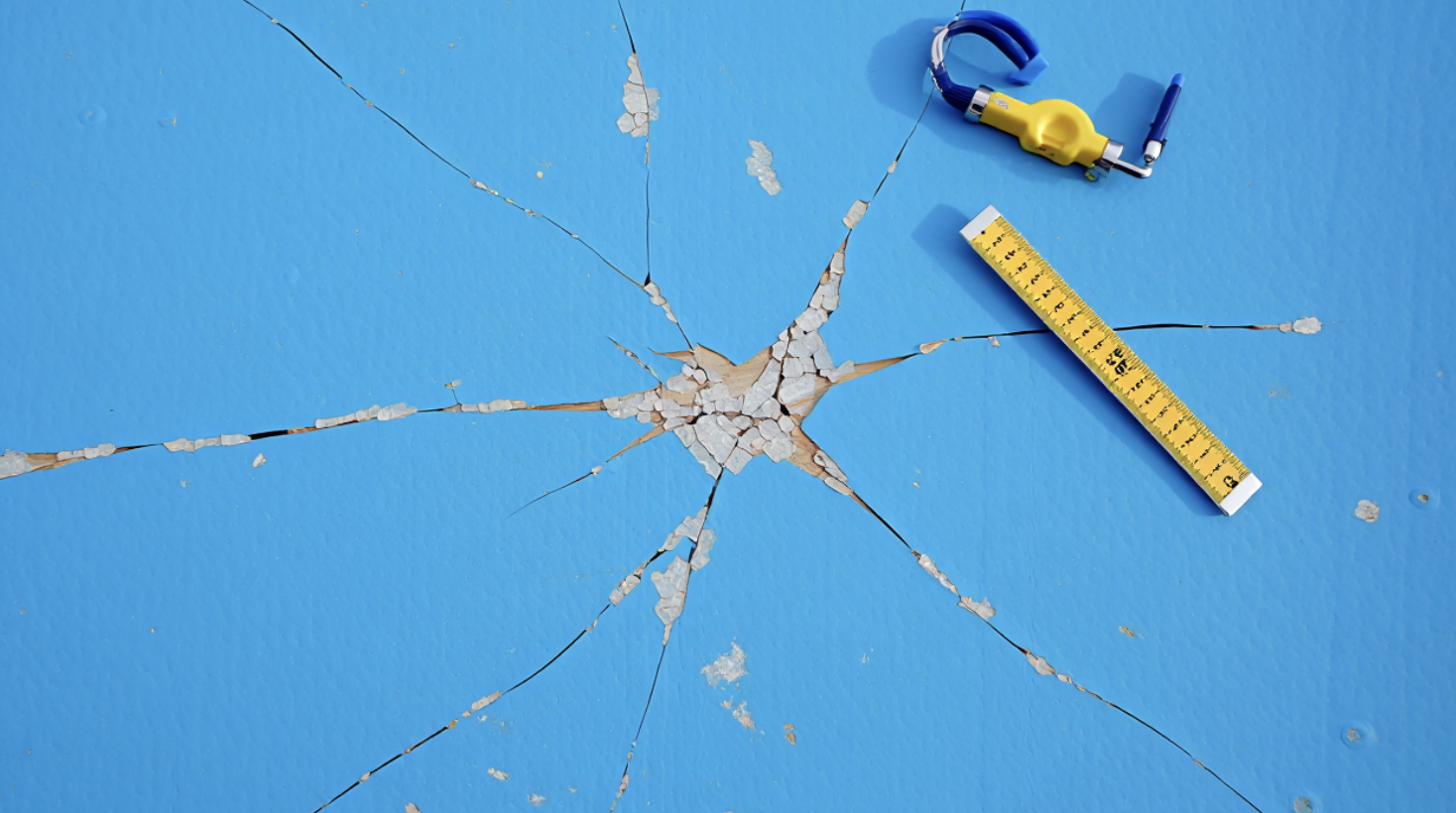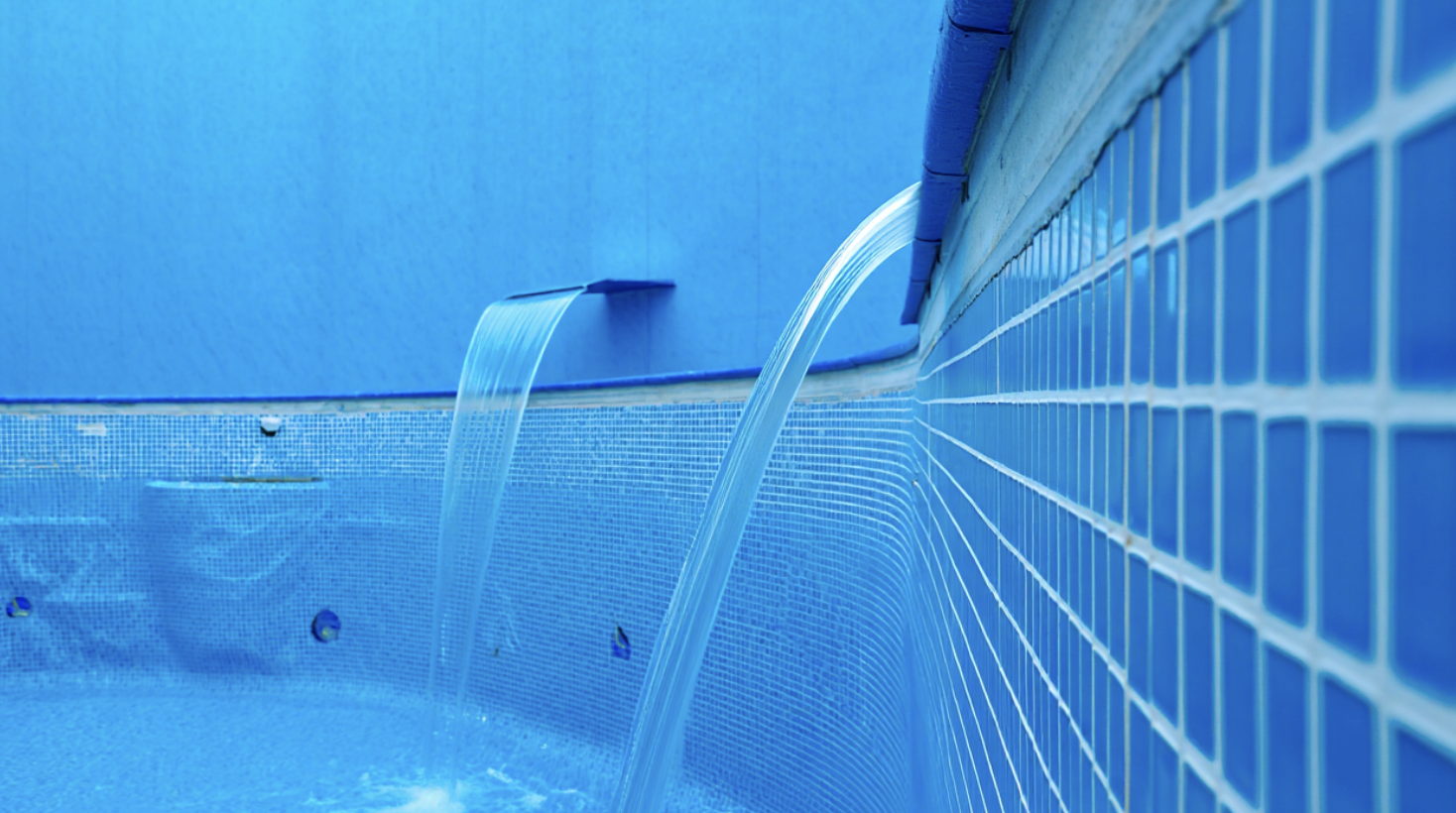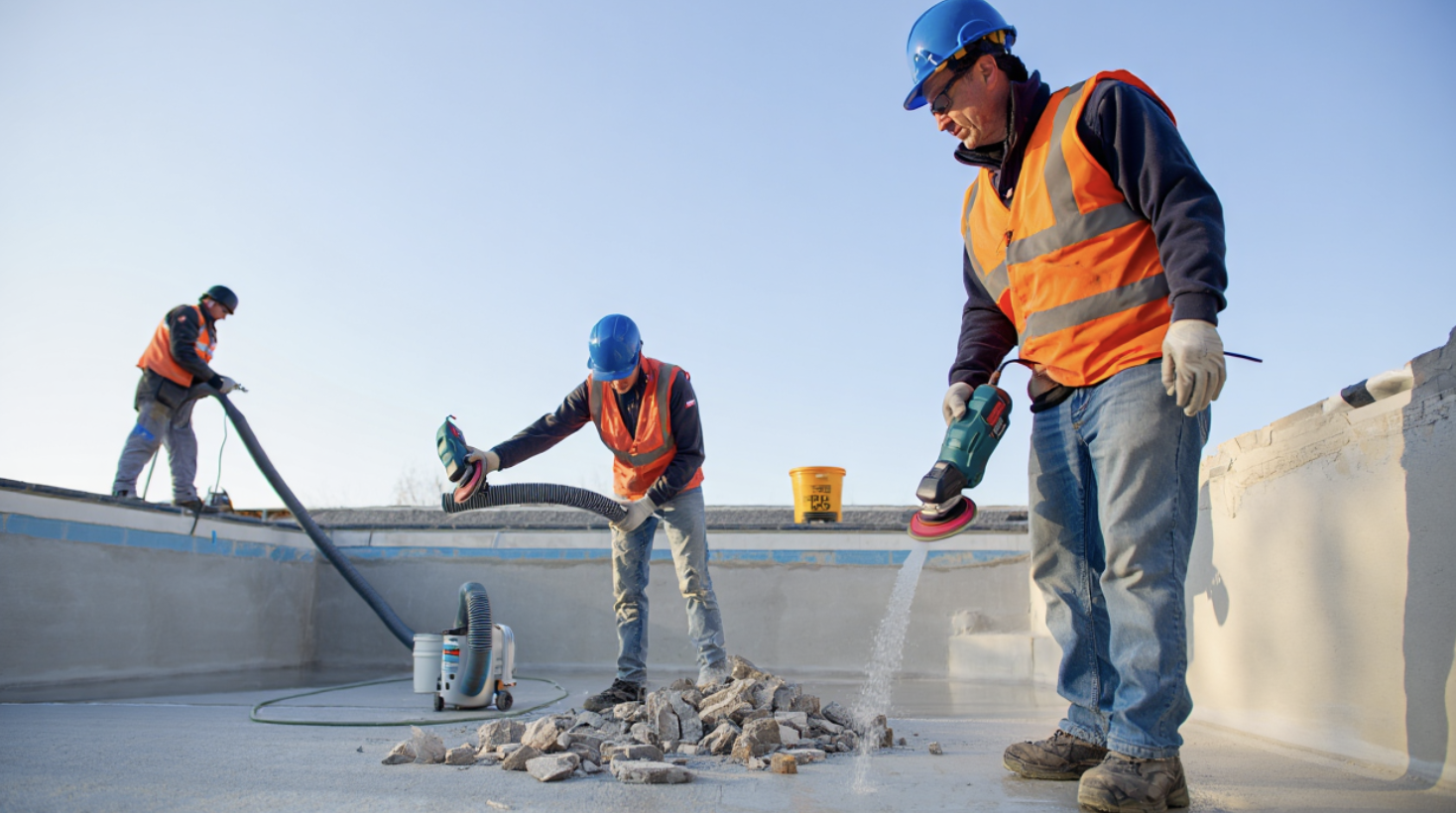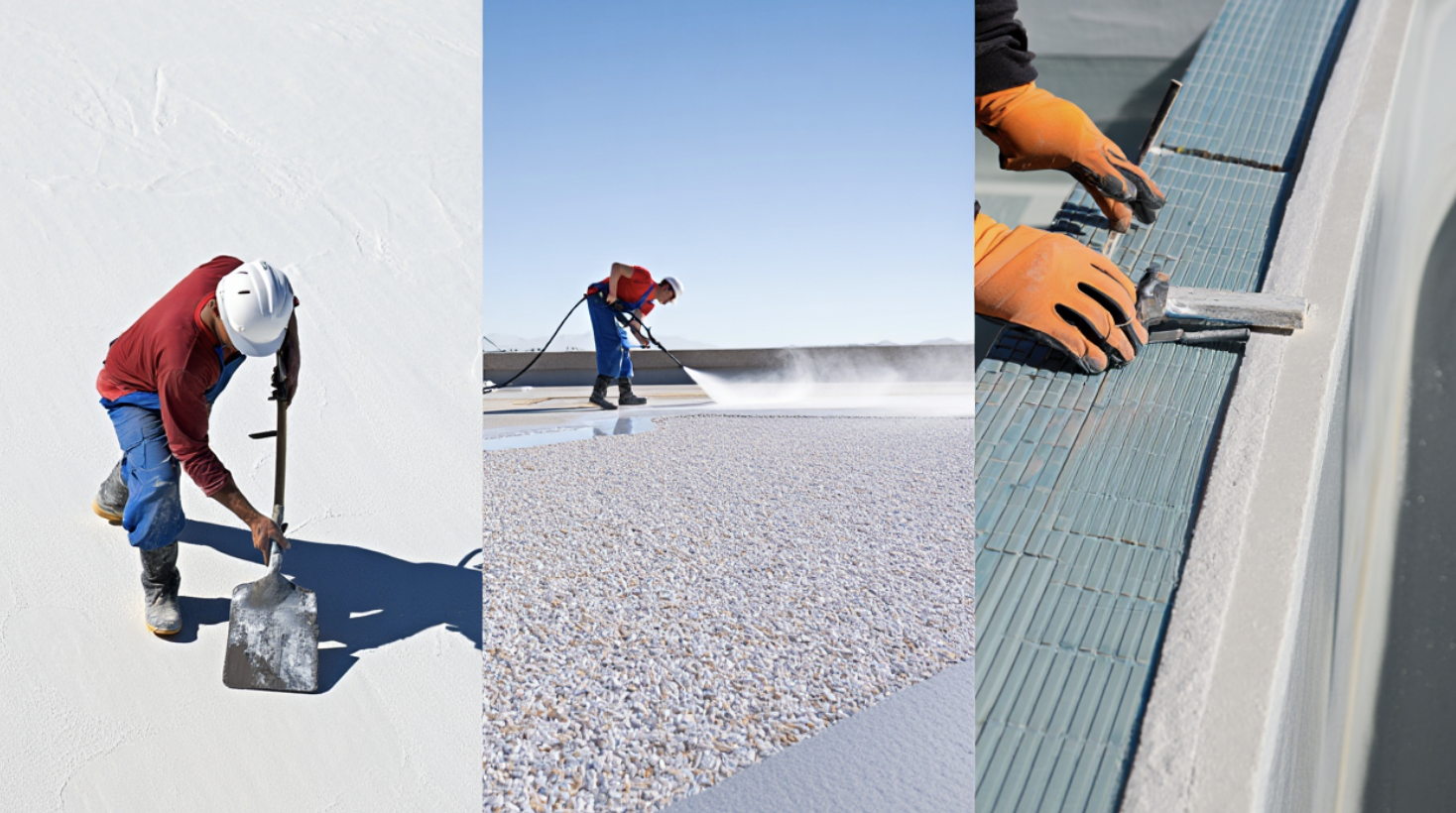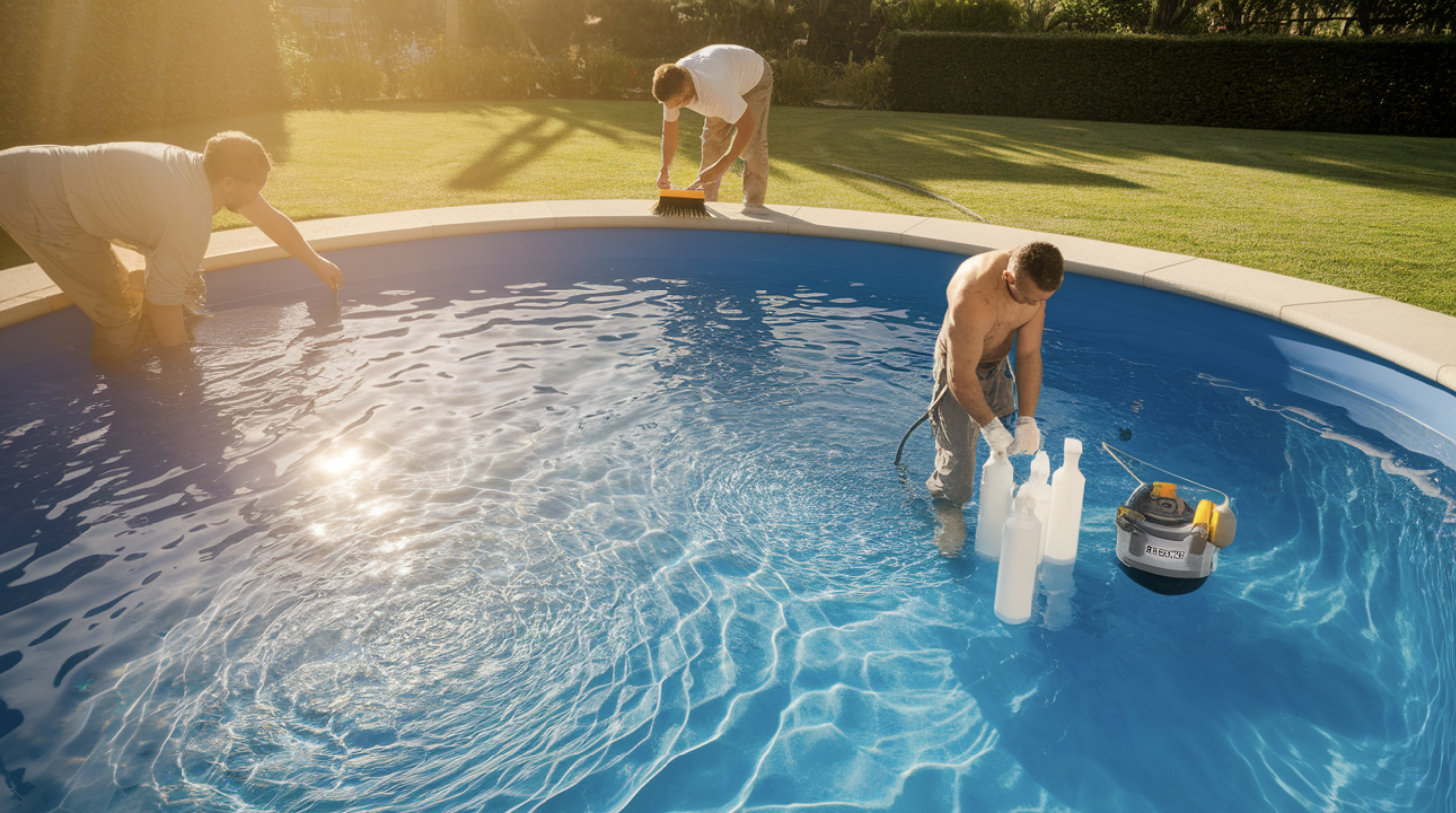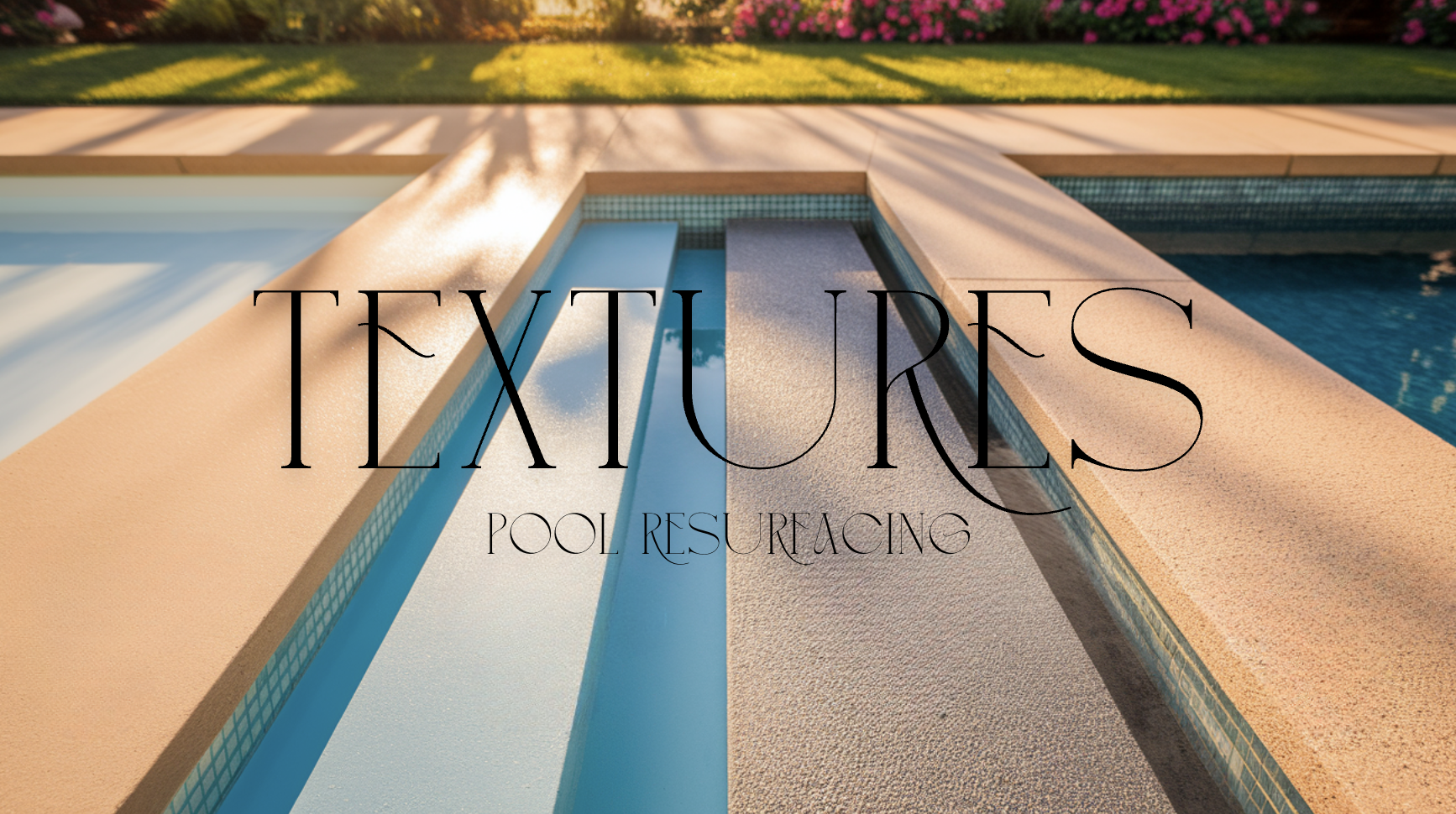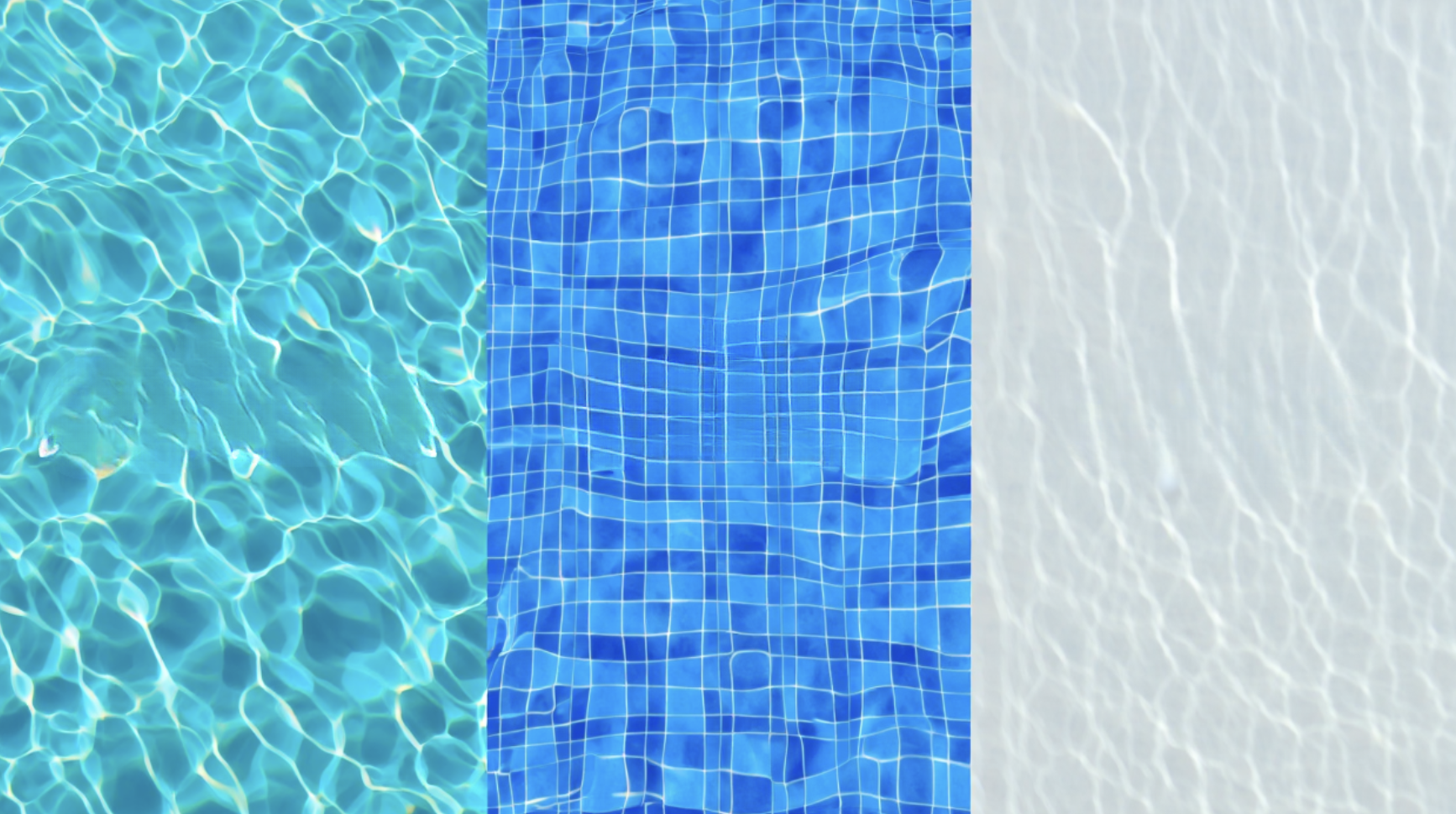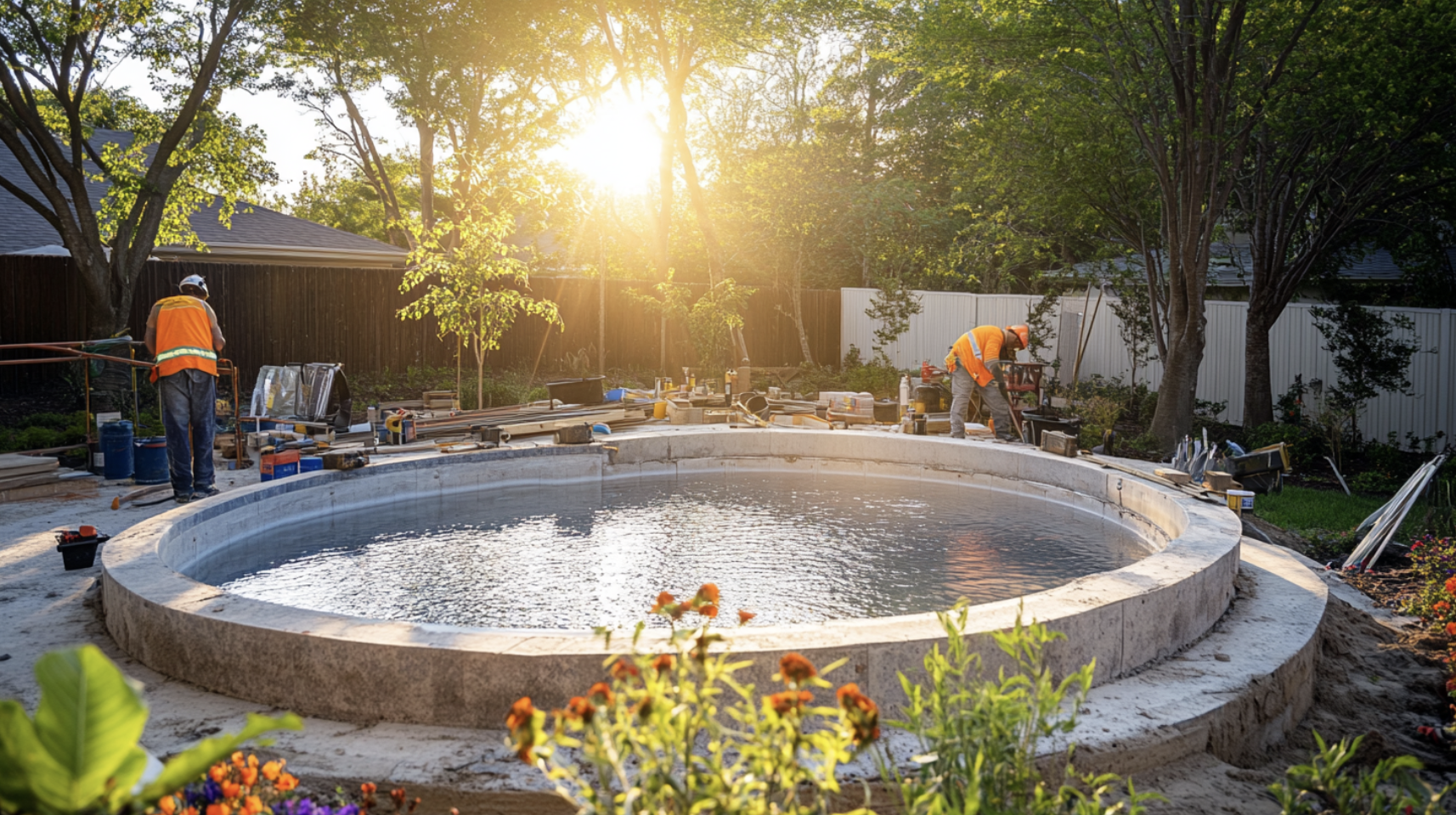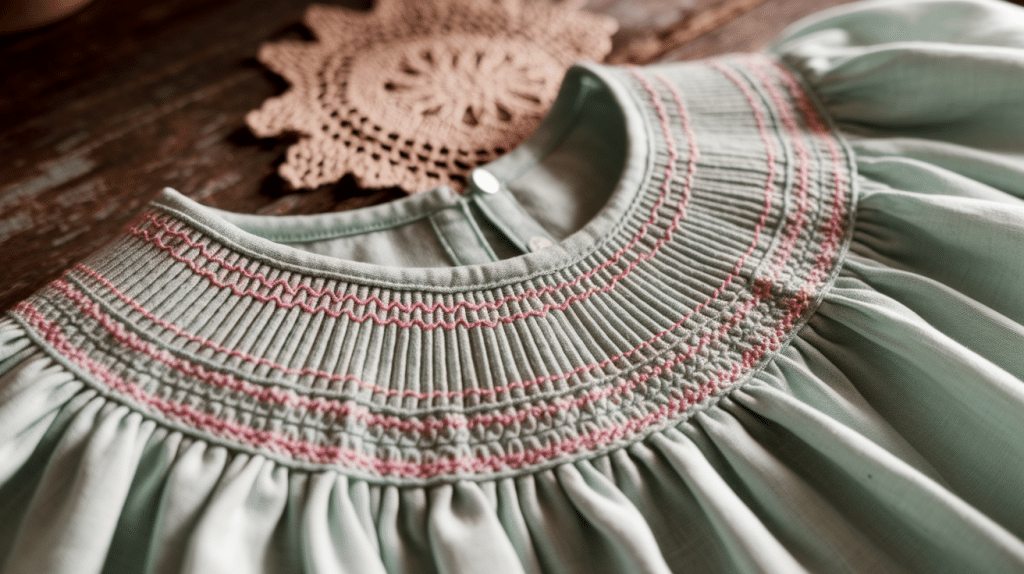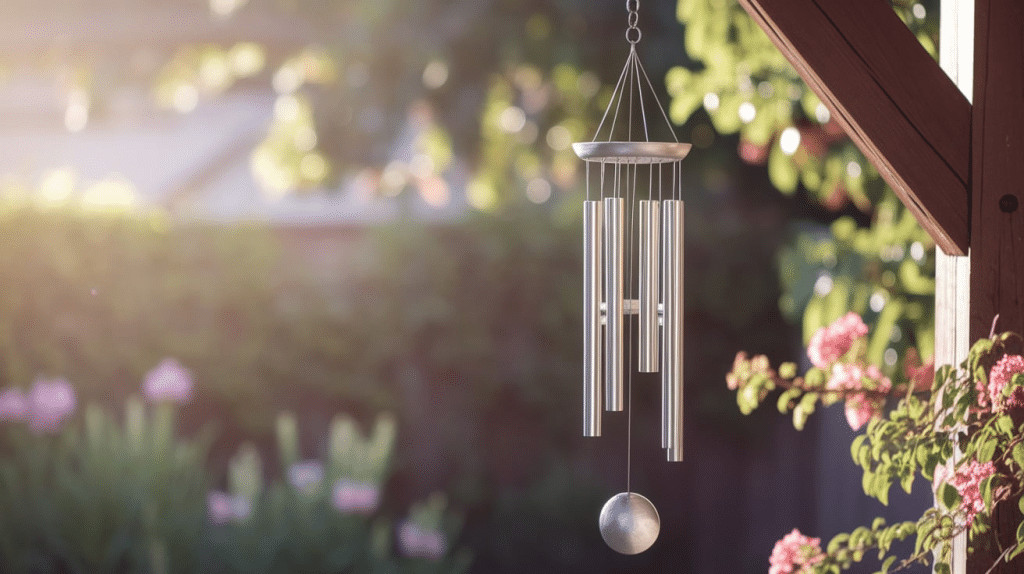Is your once-sparkling pool now showing its age? Cracks, stains, and rough patches not only look unappealing—they can also damage equipment and harm swimmers.
Pool resurfacing breathes new life into your backyard oasis, but at what price? Most homeowners spend between $6,000 and $15,000, with the national average hitting around $11,000.
The cost you’ll pay depends on the size, current condition, chosen materials, and location of your pool. From budget-friendly plaster to premium pebble finishes, each option comes with its price tag and lifespan.
Let’s break down exactly what goes into pool resurfacing costs so you can budget wisely and make the best choice for your swimming spot.
Understanding Pool Resurfacing Costs
Is your pool showing signs of wear? Cracks, rough spots, or stains can make swimming less enjoyable and may lead to more significant problems. Pool resurfacing addresses these issues by applying a fresh coating to your pool’s shell.
Think of pool resurfacing as a major refresh for your swimming area. It not only makes your pool look better but also helps prevent water loss through cracks and extends the overall life of your backyard pool.
The right surface can even reduce your maintenance time and chemical costs in the long run.
What is Pool Resurfacing?
Pool resurfacing is the process of removing the old surface material from your pool and applying a new finish. Think of it as giving your pool a new skin. This helps:
- Fix cracks and damage
- Stop leaks
- Make the surface smooth again
- Update the look of your pool
- Add years to your pool’s life
Most pools need resurfacing every 7-15 years, depending on the material and how well you maintain the water chemistry.
What Affects the Final Price?
Several key factors can push your cost toward the higher or lower end of the range:
- Pool size: Bigger pools need more materials and take longer to finish
- Surface material: As shown above, costs vary widely by material type
- Current condition: Pools with major damage cost more to fix
- Location: Labor rates differ by region
- Access issues: Hard-to-reach pools may cost more
- Extra features: Steps, swim-outs, and spas add to the total
Getting at least three quotes from local professionals can help you find the best value for your specific situation.
How Much Does Pool Resurfacing Cost?
When planning your pool renovation budget, understanding the exact costs helps you make smart choices. For an average pool of about 1,000 square feet, most homeowners spend between $6,000 and $15,000 on resurfacing.
The biggest factor in this price range is your choice of material:
| MATERIAL | COST PER SQ. FT. | TOTAL FOR 1,000 SQ. FT. POOL |
|---|---|---|
| Paint | $1-$3 | $1,000-$3,000 |
| Plaster | $4-$6 | $4,000-$6,000 |
| Quartz | $7-$10 | $7,000-$10,000 |
| Pebble | $10-$15 | $10,000-$15,000 |
| Tile | $25-$30 | $25,000-$30,000 |
Beyond the surface materials, you’ll need to factor in other necessary costs. Draining your pool typically costs $75-$225, while professional cleaning runs $150-$300. Refilling with water adds another $50-$150 to your bill, depending on local water rates.
Don’t forget about labor! This makes up roughly 40-60% of your total project cost and varies based on your location and the job complexity.
Breakdown Of Pool Resurfacing Costs
Let’s look more closely at what makes up the total price of your pool resurfacing project. Understanding these cost factors will help you budget appropriately and avoid unexpected expenses that could derail your renovation plans.
Labor Costs
Professional pool contractors typically charge between $45 and $65 per hour for resurfacing work. A standard pool resurfacing job might take a team of 3-4 workers about 3-5 days to complete.
The final labor cost depends on several factors:
- Your location (urban areas often cost more than rural ones)
- The complexity of your pool design
- How easy it is for workers to access your pool
- The condition of your existing pool surface
For example, simple rectangular pools are faster to resurface than ones with custom shapes, steps, or built-in spas.
Material Costs
Your choice of material greatly impacts the final price:
Paint is the most budget-friendly option at around $1 per square foot. While cheap upfront, it typically lasts only 2-3 years before needing reapplication.
Plaster costs about $4 per square foot and lasts 5-7 years with proper care. This traditional white finish gives pools a clean, classic look.
For a 1,000 square foot pool, aggregate finishes (like quartz or pebble blends) cost around $6,500 total. These materials last 10-20 years and offer better stain resistance than plaster.
Tile is the premium option at $25-$30 per square foot. While expensive, tile can last 20+ years and allows for creative designs. Many homeowners choose to use tile just for the waterline rather than the entire pool to save money.
Pool Type And Resurfacing Material
Different types of pools require specific resurfacing approaches. Let’s look at what each pool type needs.
1. Vinyl Pools
Vinyl pools don’t get “resurfaced” in the traditional sense. Instead, the vinyl liner gets replaced when it wears out.
New vinyl liners cost $1 to $5 per square foot, making them a cost-effective option. For a standard pool, expect to pay between $3,000 and $5,000 for a complete liner replacement.
Most vinyl liners last 5-9 years before needing replacement. Signs you need a new liner include fading, tearing, wrinkling, or water loss.
2. Fiberglass Pools
Fiberglass pools can be resurfaced with a new gel coat when the surface becomes faded or rough. This typically costs $1,000-$1,200 for the entire pool.
For fiberglass pools with more serious damage, other options include:
- Specialized pool paints ($1-$3 per sq. ft.)
- Polymer finishes ($5-$7 per sq. ft.)
The smooth, non-porous surface of fiberglass makes it resistant to algae and requires fewer chemicals than other pool types.
3. Concrete (Gunite) Pools
Standard plaster resurfacing costs around $5 per square foot. While affordable, plaster is more prone to staining and chemical damage than other finishes.
Higher-end options include:
- Quartz finishes: $7-$10 per sq. ft.
- Pebble finishes: $10-$15 per sq. ft.
- Glass bead mixes: $12-$17 per sq. ft.
- Full tile: $25-$30 per sq. ft.
Concrete pools typically need resurfacing every 7-10 years, though premium finishes can extend this timeline.
Factors Influencing Resurfacing Costs
Several key factors can push your resurfacing project toward the higher or lower end of the price range. Understanding these variables helps you plan your budget and avoid surprises when the final bill arrives.
1. Pool Size and Shape
The most obvious factor is size—larger pools simply require more materials and labor.
Pool shape also matters significantly. Complex or custom shapes with curves, steps, and varying depths take longer to resurface properly. Each corner and curve requires careful attention, increasing labor hours.
A simple 12×24 rectangular pool will cost less to resurface than a freeform pool of the same square footage.
2. Surface Condition
The current state of your pool greatly impacts costs. Issues that can add to your bill include:
- Deep cracks that need structural repair
- Hollow spots under the surface
- Severe staining that requires extra prep work
- Leaks that must be found and fixed
Having these problems fixed during resurfacing is essential. Ignoring them will lead to the new surface failing prematurely.
3. Additional Features And Customization
Many homeowners add custom elements during resurfacing:
- New lighting systems can cost $400-$800 per light to install while the pool is empty.
- Water features like built-in fountains or spillways might add $1,000-$4,000 to your project.
- Custom tile designs, mosaics, or patterns increase both material and labor costs, sometimes by 25-40%.
If you’re already spending money to resurface, this can be the perfect time to add upgrades you’ve always wanted.
Pool Resurfacing Process
Understanding the process helps you know what to expect during your pool renovation. Knowing the timeline and steps involved will help you plan accordingly and ensure the project runs smoothly from start to finish.
1. Preparation and Demolition
The project begins with completely draining your pool, which takes 8-24 hours, depending on size and drainage options.
Next, workers will:
- Clean the empty shell
- Remove the old surface using grinders and chipping tools
- Inspect for cracks, hollow spots, and structural issues
- Repair any damaged areas
- Apply a bond coat to help the new surface adhere
This prep work typically takes 1-2 days and forms the foundation for a successful resurface.
2. Material Application
For plaster, workers mix the material on-site and apply it by hand using trowels. The team must work quickly and continuously to create a smooth, even finish.
Aggregate finishes follow a similar process, but after application, workers wash away the top cement layer to expose the quartz, pebbles, or glass beads. Tile installation is more time-consuming, with each tile set individually, followed by grouting and sealing.
Most material application takes 1-3 days, depending on complexity and drying conditions.
3. Post-Resurfacing Steps
After the new surface is applied, several important steps remain:
- Filling the pool with water must be done continuously (without stopping) to prevent “ring” marks on new plaster or aggregate.
- During the first week, you’ll need to brush the surface daily and carefully monitor water chemistry as the new materials cure.
- The full curing process can take 28-30 days, during which you’ll need to test and adjust water chemistry more frequently than normal.
Proper post-resurfacing care extends the life of your new finish and helps avoid early problems.
Tips For Saving Money On Pool Resurfacing
Smart planning can help reduce costs without cutting corners on quality.
1. Choosing Cost-Effective Materials
Plaster remains the most economical resurfacing material at around $4-$6 per square foot. While it may not last as long as premium finishes, proper maintenance can extend its life.
Paint can be a temporary solution at just $1-$3 per square foot, though it’s not recommended for long-term use in most pools.
For a middle-ground option, quartz finishes offer better durability than plaster for only a modest price increase.
2. Consider Long-Term Maintenance
Premium finishes like pebble and tile can last 15-20+ years, compared to 5-7 years for plaster. This means fewer resurfacing projects over the life of your pool.
Higher-end finishes also tend to:
- Require fewer chemicals
- Be more resistant to staining
- Hold up better against improper water chemistry
Calculate the 15-year cost of each option, including expected maintenance and replacement frequency, to find the true “best value.”
3. Bundle Add-ons
Updating plumbing, adding energy-efficient equipment, or installing new lighting costs less when your pool is already empty and contractors are on site.
Some companies offer package deals that include resurfacing along with other updates at a reduced total price.
Request itemized quotes that break down the cost of each potential upgrade, allowing you to make informed decisions about what to include.
That’s a Wrap!
Pool resurfacing is a significant investment that pays off in both swimming comfort and home value. Plan for costs between $6,000 and $15,000, but remember that investing more upfront in quality materials often saves money in the long run.
Obtain at least three quotes from licensed professionals, and inquire about package deals if you plan to add other upgrades. Timing your project during the off-season (fall or winter) can also help you secure better rates from contractors.
With proper care and maintenance, your newly resurfaced pool will provide years of enjoyment and relaxation. Take the plunge when the time is right, and soon you’ll be back to enjoying crystal clear waters in your refreshed backyard retreat.
If you’re interested in learning more about pool resurfacing, click here for additional information.

